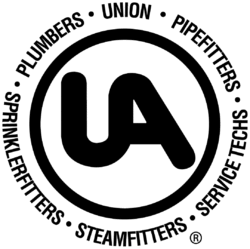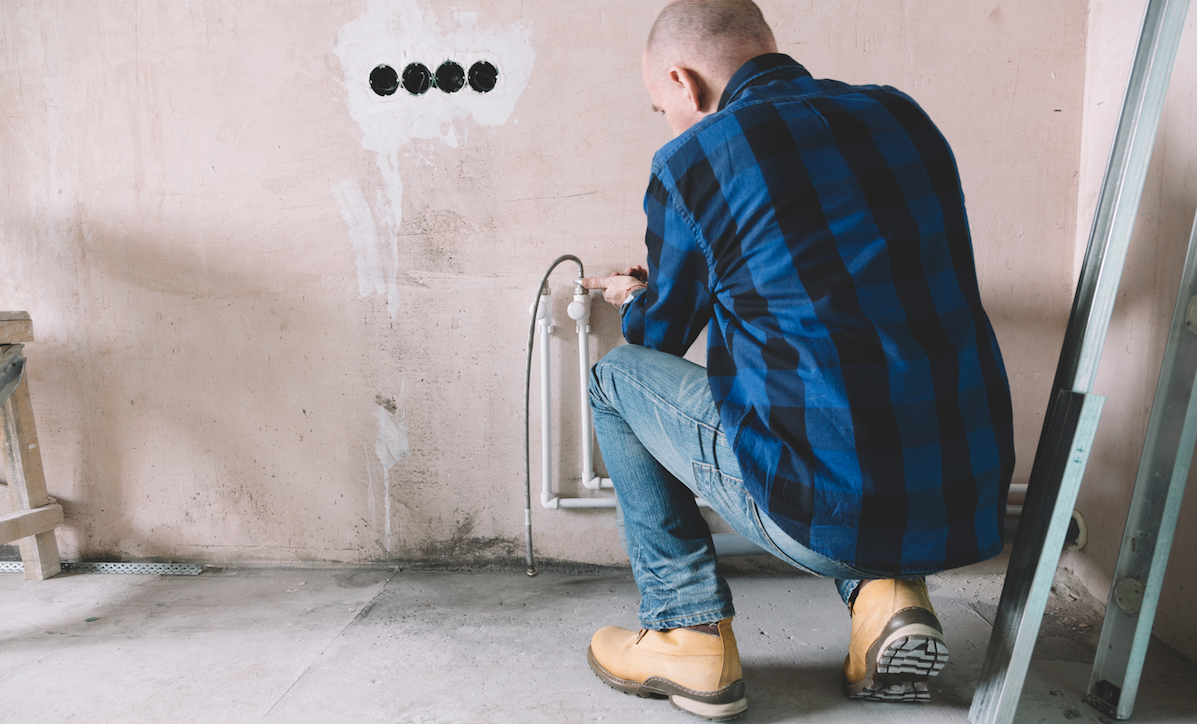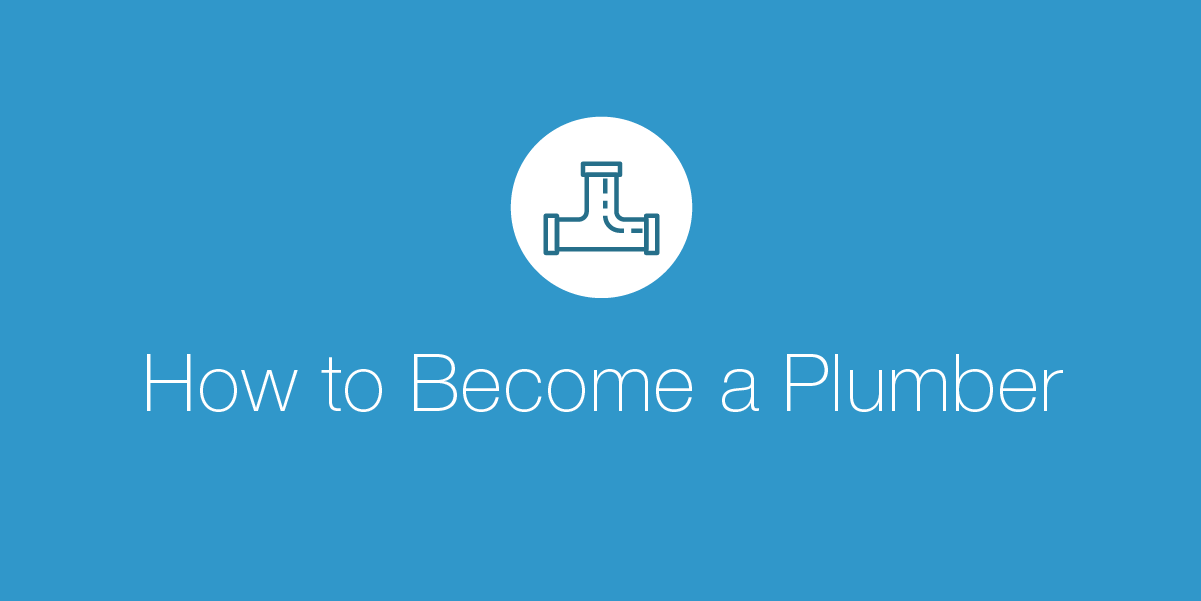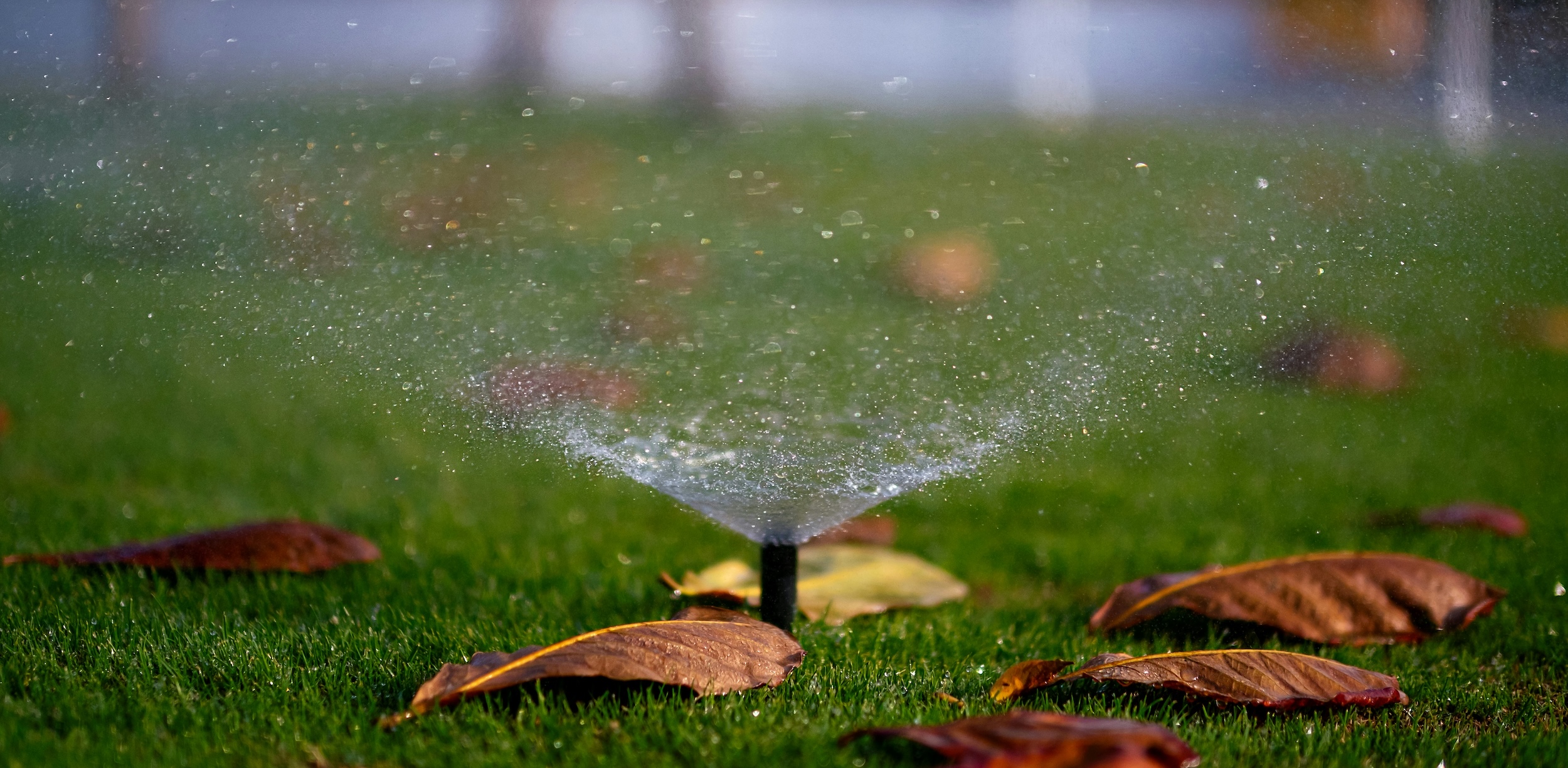How to Become a Plumber (in 4 Steps)
- August 4, 2017
- By: Vonigo
The world needs more of them, so here’s how to become a plumber, in four steps.
Clean running water and indoor plumbing are hallmarks of a civilized society. The vocation of the plumber, the technicians responsible making it all possible, is a noble one.
We’ve included a list of plumbing unions that offer training and apprenticeships for a career in plumbing. By the third step, you’ll already be earning good money in your new profession.
1. How to Become a Plumber: Start With a High School Diploma (or GED)
Already have one? Great, you’re ready for step two. If you don’t, best to complete one of these two. You’ll need math skills to understand the measurements involved with plumbing. You may also need to understand how to read house plans or blueprints, and these days much of that will be conducted on a computer in drafting software like Autocad. Don’t be dismayed though. Step two has all of the specialized training you’ll need. If you’re still in high school though, pay attention in math class, and take a drafting course if you can.
2. Learn the Trade With Vocational Training
This is where you learn the wonders of pipes and water flow. Local community colleges often offer the appropriate courses that will help you land an apprenticeship. Here’s a list of some of the schools offering plumbing training in the US.
3. Complete an Apprenticeship
An apprenticeship is where you work as a junior under the watchful eyes of licensed plumbers, while learning the trade on the job. Apprenticeships usually run for four or five years, cover all aspects of the trade, and may include some ongoing training courses. Here’s a list of a few resources and unions in the US offering apprenticeships:
Seattle Area Pipe Trades
South Bay Piping Industry
Southern California Pipe Trades District Council 16
Suffolk County Association of Master Plumbers
The New Jersey State League of Master Plumbers
United Association of Plumbers, Local Chapters
New York City, NY
Boston, MA
Tampa, FL
Chicago, IL
Evansville, IN
 Minneapolis & St. Cloud, MN
Minneapolis & St. Cloud, MN
Augusta, GA
Martinez, CA
Savannah, GA
Denver, CO
Rockford, IL
San Diego, CA
West Caldwell, NJ
Fresno, CA
Rock Island, IL
Tualatin, OR
Daytona Beach, FL
Winslow, NJ
Oakland, CA
Vallejo, CA
Anchorage, AK
Flint, MI
San Francisco, CA
Cincinnati, OH
Northeast WI
Albuquerque, NM
Norwalk, OH
Philadelphia, PA
Charleston, SC
Tulsa, OK
Mosinee, WI
Indianapolis, IN
Wichita, KS
Pittsburgh, PA
Saint Paul, MN
Omaha, NE
Warren, NJ
Baltimore, MD
Montgomery, AL
Harrisburg, PA
Las Vegas, NV
Colorado Springs, CO
Chicago, IL
South Burlington, VT
Opa Locka, FL
Queensbury, NY
Los Angeles, CA
Tusla, OK
Englishtown, NJ
Tennessee
Wisconsin Pipe Trades

4. Get Your License
Every state is different, but most require a license to become a certified plumber. ExploretheTrades.org has an interactive map that clicks through to a list of requirements for each state.
As a certified plumber, your work will almost always be in demand, and you can earn a great wage for your efforts. It’s worth the investment of time in your future as a tradesperson.
Want to learn about how Vonigo’s plumbing software helps plumbing businesses save time and grow? Book a private demo, and we’ll show you.




